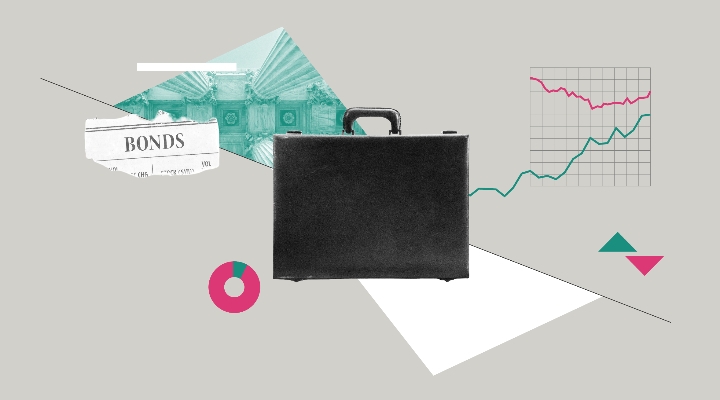
It’s time to rethink the role of bonds in a portfolio, according to JPMorgan, particularly in the era of “lower for longer” interest rates and negative yields.
While fixed-income assets can still be relied on for capital protection in times of market stress, they can no longer be seen as “safe haven” or reliable income investments, argue chief market strategist Karen Ward and John Bilton, head of global multi-asset strategy.
“Investors must re-think the concept of ‘safe-haven’ in their portfolios now that bonds simply can’t offer the same combination of portfolio protection and positive income that they have done in the past,” they say.
Presenting the US asset manager’s 2020 Capital Market Assumptions, which looks at the at the outlook for assets for the next 15 years, Ward and Bilton say bonds are still a vital part of an investor’s toolkit, but their role is more limited than in the past, especially when it comes to expectations about income and returns.
“It’s very difficult to make a long-term buy-and-hold case for a bond, but they still work extremely well … when it comes to hedging equity risk. But we need to think beyond bonds when we look at portfolio design” Bilton says.
How to Fill the Gap?
JPMorgan says investors should look beyond traditional safe-haven assets to currencies such as the US dollar, Japanese yen and Swiss franc, as well as gold and “real” assets such as property. The firm expects returns from equities will be below historical norms but should still beat bonds.
Many developed market bonds across the world offer negative yields over a 10-year period, including Germany, Japan and Switzerland, meaning that investors are effectively paying the issuing governments for the privilege of owning these assets. Ward cites Austria’s 100 year bond, which pays 0.9% if you hold it to maturity, as an extreme example of the recent direction of the bond market.
Traditional portfolios used to be run on a 60/40 model, with 60% of assets in equities and 40% in bonds. JPMorgan argues this model needs a rethink in light of exceptionally low interest rates and a record long bull run in bond prices.
When the Federal Reserve began raising interest rates in 2018 – it hiked four times last year – investors braced for monetary policy to “normalise” after the decade after the financial crisis when rates were artificially low. Three rate cuts by the Fed in 2019 have turned this assumption on its head, reinforced as the European Central Bank announced further stimulus in September this year.
JPMorgan now works on the premise that interest rate “normalisation” has been pushed further into the future, perhaps into the next economic cycle. Monetary policy has reached the limits of its effectiveness, Bilton argues, a belief shared by other asset managers such as Columbia Threadneedle.




























